Canna Lily. [EN-ES]
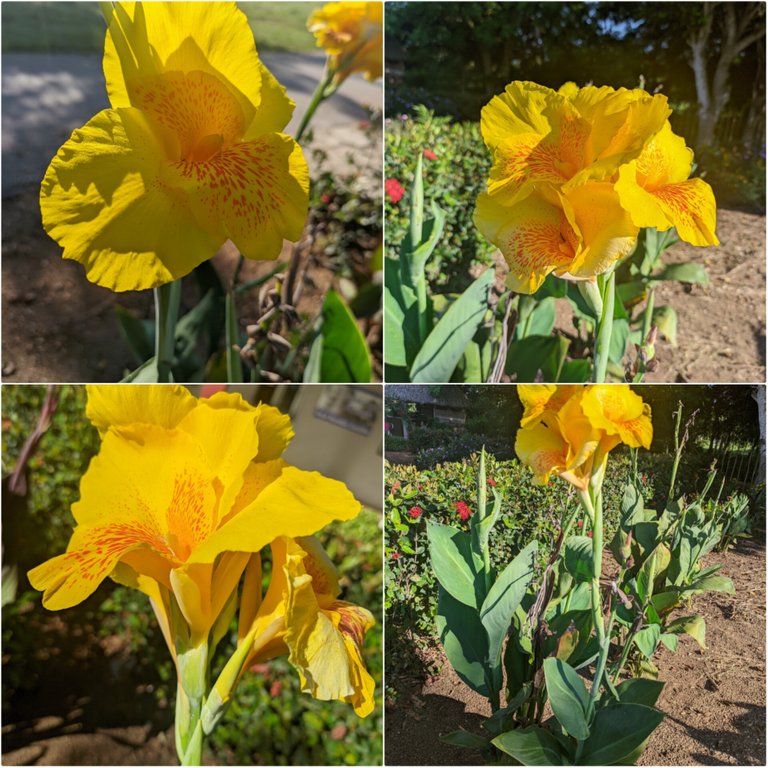
| Latim Name | Observation date | Location |
|---|---|---|
| canna lily | February 07, 2023 | Cuba |
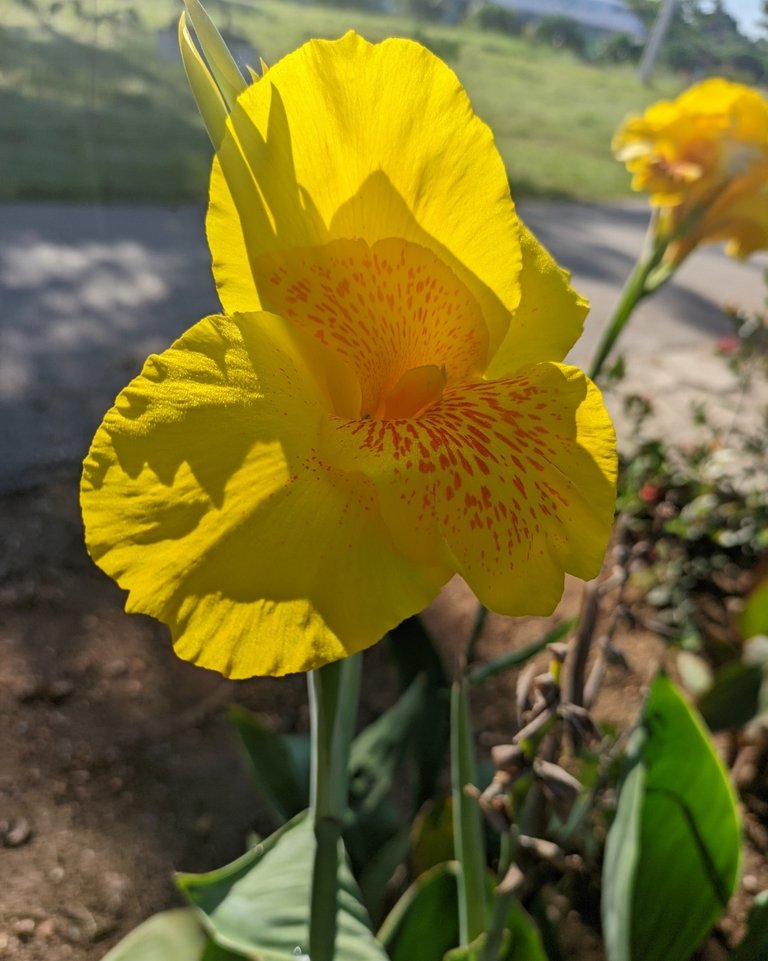
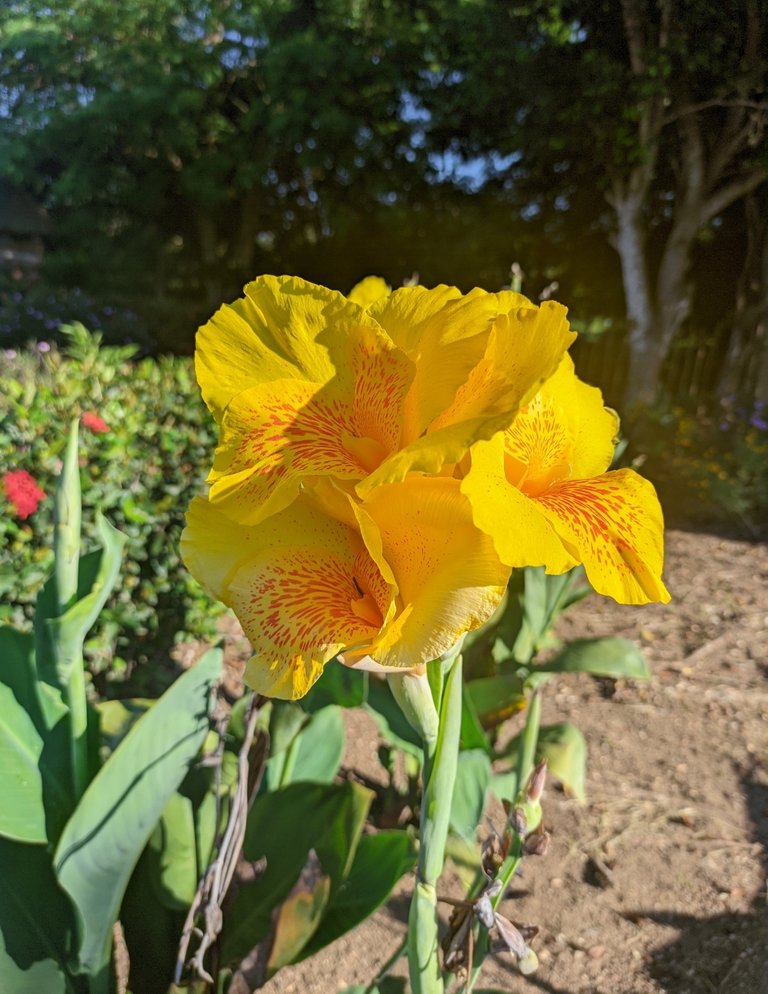
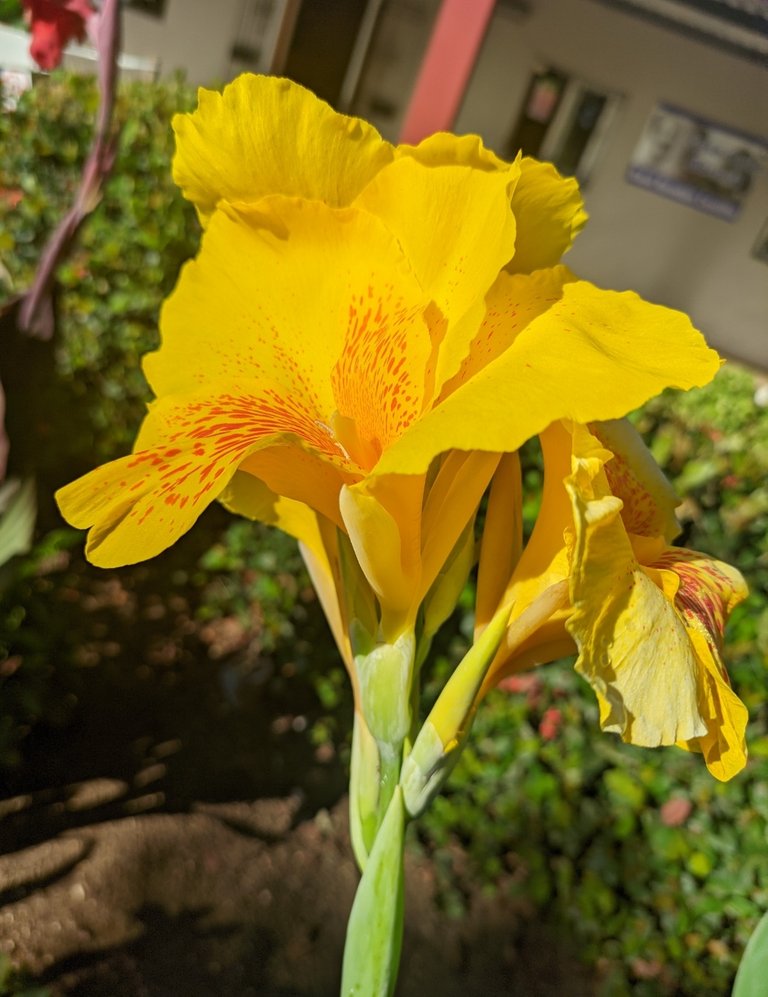
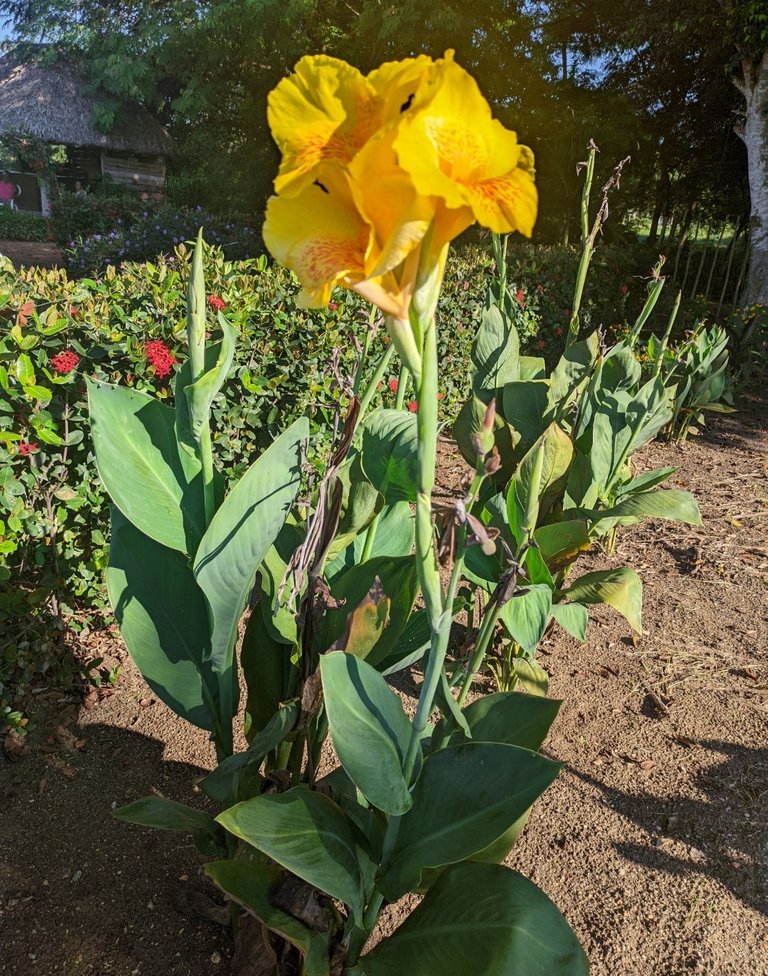
| Link to original community |
|---|
| https://www.inaturalist.org/observations/148304188 |
| Latitude | Longitude | Map |
|---|---|---|
| 21.848932 | 78.761515 | https://www.openstreetmap.org/directions?from=21.85060%2C-78.76041&to=#map=16/21.8501/-78.7599 |
[ENGLISH] Cannaceae are native to the tropical and subtropical regions of the Americas, ranging from sea level to mountain slopes below 3,000 m a.s.l.. One species (Canna indica) has become naturalized throughout the tropical and subtropical regions of Asia and Africa. Many derived interspecific species and hybrids are grown in gardens all over the world.
They are plants of humid clearings of tropical rainforests, of river banks, or of humid lands, they frequently grow in places with up to 10 cm of water depth.
Pollen is deposited in the style before the flower opens, directly on the stigma or a little under it, so many species are self-pollinating (they are said to be autogamous). In non-autogamous species, the biology of pollination has been little studied, but the most frequent pollinators can be nectar-collecting bees, butterflies and moths and birds (hummingbirds).
The seeds are often dispersed by water and remain viable for a long time. In fact, an approximately 600-year-old seed, found in a tomb at a South American archaeological site, germinated and the plant bloomed.👇
If you want to know more about this plant
[ESPAÑOL] Las cannáceas son nativas de las regiones tropicales y subtropicales de las Américas, distribuyéndose desde el nivel del mar hasta las laderas montañosas por debajo de los 3.000 m s. n. m.. Una especie (Canna indica) se ha naturalizado a través de las regiones tropicales y subtropicales de Asia y África. Muchas especies e híbridos interespecíficos derivados se cultivan en los jardines de todo el mundo.
Son plantas de claros húmedos de las selvas tropicales, de orillas de ríos, o de tierras húmedas, frecuentemente crecen en lugares con hasta 10 cm de profundidad de agua.
El polen es depositado en el estilo antes de que la flor se abra, directamente en el estigma o un poco debajo de él, por lo que muchas especies se autopolinizan (se dice que son autógamas). En las especies no autógamas, la biología de la polinización ha sido poco estudiada, pero los polinizadores más frecuentes pueden ser abejas recolectoras de néctar, mariposas y polillas y pájaros (colibríes).
Las semillas son muchas veces dispersadas por el agua y permanecen viables por mucho tiempo. De hecho, una semilla de aproximadamente 600 años de edad, hallada en una tumba en un sitio arqueológico sudamericano, germinó y la planta floreció. 👇

🙋🙋🙋🙋
🪶 All the photos and texts in this post are my authorship.
🪶 Todas las fotos y textos presentes en éste post son de mi autoría.
THANK YOU, BYE
😘
It is a wonderful flower. I really like yellow flowers. Red colored flowers are also found in this species, which are specially used for decoration in weddings here.
Thanks for sharing
Thank you so much my friend for the comments, have a great day, the best regards 🙋🙋
Welcome my friend.
Good night 🌉. Have a sweet dreams. 🤗🤗
!discovery 40
This post was shared and voted inside the discord by the curators team of discovery-it
Join our community! hive-193212
Discovery-it is also a Witness, vote for us here
Delegate to us for passive income. Check our 80% fee-back Program